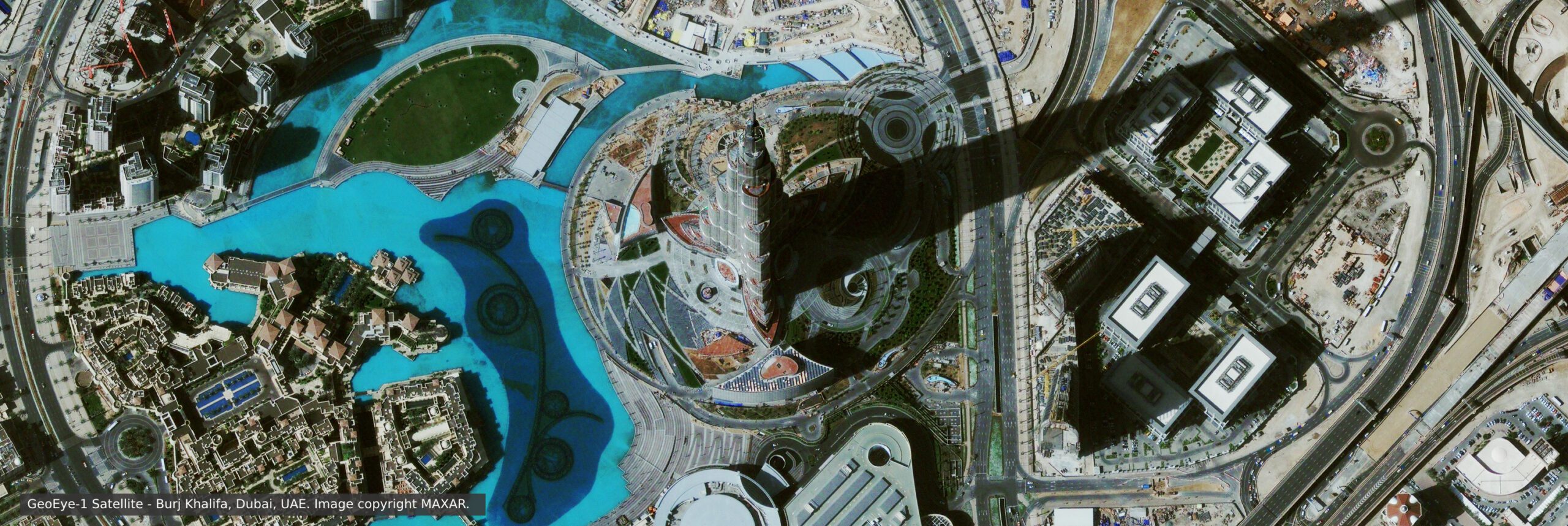Satellite Images Support Wildlife Conservation
Satellite Imaging Corporation (SIC) in cooperation with GeoEye Foundation (currently MAXAR) produced a 1m Natural Color IKONOS Satellite image mosaic for an area covering the Virunga National Park in Congo, Volcanoes National Park in Rwanda, and the Rwenzori Mountains National Park in Uganda. This image data was produced to support GIS mapping projects for the assessment, management, and monitoring of the Mountain Gorilla Habitat and the land changes around the National Parks.
Wildlife Conservation Mapping
Classification of ecosystems is easily recognizable on satellite images. Vegetation, complemented with ecological data (such as elevation, humidity, drainage, the salinity of water, and characteristics of water bodies) are each determining modifiers that separate partially distinct sets of species. This is true not only for plant species but also for species of animals, fungi, and bacteria. The degree of ecosystem distinction is subject to the physiognomic modifiers that can be identified on an image and/or in the field.
Virunga National Park
Click the image to view it in full resolution
IKONOS – Visoke Volcano, DRC, and Rwanda, Africa
3D Terrain Model
Copyright © MAXAR/Satellite Imaging Corporation. All Rights Reserved.
Gorilla Family Group 13 Volcanoes National Park Rwanda
Photo Credit: Professor Richard S. Muller
High-resolution satellite images can directly observe species and their habitat on the ground and in their environment used in tandem with GIS Mapping which allows researchers to predict the best remaining areas to protect and manage. Satellite data facilitates the production of global land use and land cover maps, and geographic information systems (GIS) allow researchers to integrate satellite and population data efficiently. The increased human population often leads to greater influence on the environment and sharper declines in species and ecosystems. Land transformation probably poses the single greatest threat to biodiversity, resulting in habitat loss and/or fragmentation for wild species. Beyond its effects on the nearby area, it can have global consequences, such as worldwide changes.
3D Flythrough Movie – Visoke Volcano
Click the image to view the flythrough
Broadband connection and QuickTime player are required. Size: 18 MB
<1m Stereo IKONOS Satellite Image Data and 5m DTM
© MAXAR/Processed by Satellite Imaging Corporation. All rights reserved.



